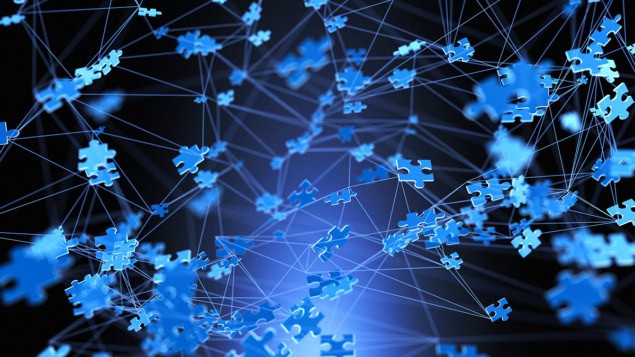This research introduces a novel approach to uncovering structural variables in complex systems, reshaping how we model the unpredictable behaviour of the real world

Complex systems model real-world behaviour that is dynamic and often unpredictable. They are challenging to simulate because of nonlinearity, where small changes in conditions can lead to disproportionately large effects; many interacting variables, which make computational modelling cumbersome; and randomness, where outcomes are probabilistic. Machine learning is a powerful tool for understanding complex systems. It can be used to find hidden relationships in high-dimensional data and predict the future state of a system based on previous data.
This research develops a novel machine learning approach for complex systems that allows the user to extract a few collective descriptors of the system, referred to as inherent structural variables. The researchers used an autoencoder (a type of machine learning tool) to examine snapshots of how atoms are arranged in a system at any moment (called instantaneous atomic configurations). Each snapshot is then matched to a more stable version of that structure (an inherent structure), which represents the system’s underlying shape or pattern after thermal noise is removed. These inherent structural variables enable the analysis of structural transitions both in and out of equilibrium and the computation of high-resolution free-energy landscapes. These are detailed maps that show how a system’s energy changes as its structure or configuration changes, helping researchers understand stability, transitions, and dynamics in complex systems.
The model is versatile, and the authors demonstrate how it can be applied to metal nanoclusters and protein structures. In the case of Au147 nanoclusters (well-organised structures made up of 147 gold atoms), the inherent structural variables reveal three main types of stable structures that the gold nanocluster can adopt: fcc (face-centred cubic), Dh (decahedral), and Ih (icosahedral). These structures represent different stable states that a nanocluster can switch between, and on the high-resolution free-energy landscape, they appear as valleys. Moving from one valley to another isn’t easy, there are narrow paths or barriers between them, known as kinetic bottlenecks.
The researchers validated their machine learning model using Markov state models, which are mathematical tools that help analyse how a system moves between different states over time, and electron microscopy, which images atomic structures and can confirm that the predicted structures exist in the gold nanoclusters. The approach also captures non-equilibrium melting and freezing processes, offering insights into polymorph selection and metastable states. Scalability is demonstrated up to Au309 clusters.
The generality of the method is further demonstrated by applying it to the bradykinin peptide, a completely different type of system, identifying distinct structural motifs and transitions. Applying the method to a biological molecule provides further evidence that the machine learning approach is a flexible, powerful technique for studying many kinds of complex systems. This work contributes to machine learning strategies, as well as experimental and theoretical studies of complex systems, with potential applications across liquids, glasses, colloids, and biomolecules.
Read the full article
Inherent structural descriptors via machine learning
Emanuele Telari et al 2025 Rep. Prog. Phys. 88 068002
Do you want to learn more about this topic?
Complex systems in the spotlight: next steps after the 2021 Nobel Prize in Physics by Ginestra Bianconi et al (2023)
